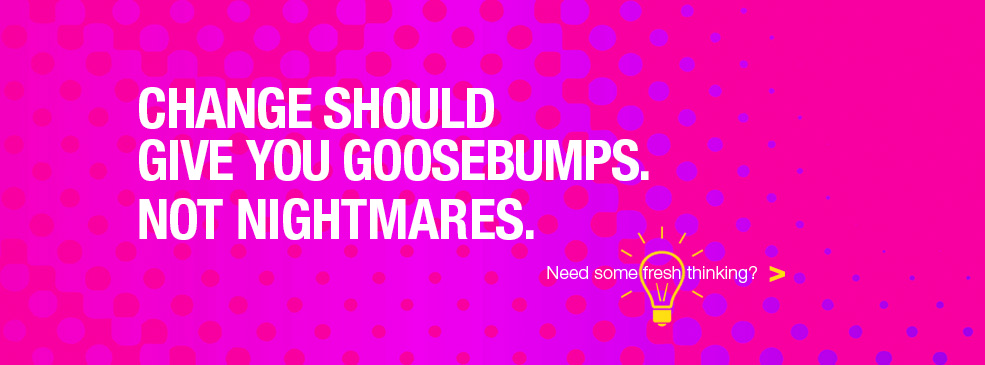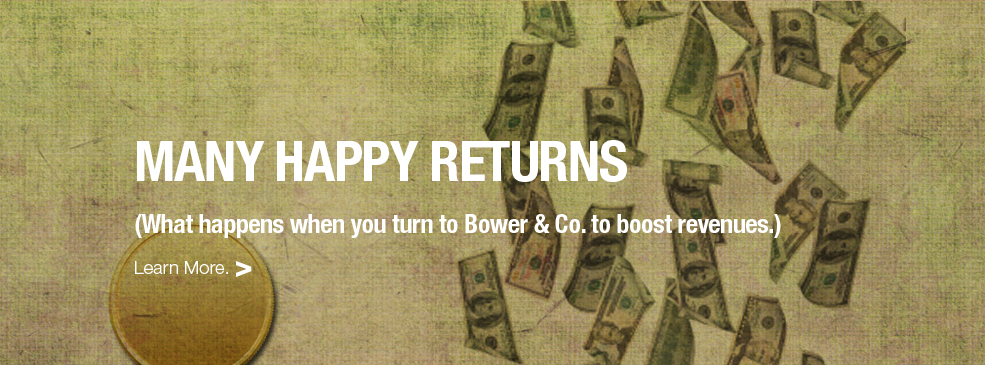Collaboration Part 3: Collaboration Challenges and What to Do About Them

This is the third in a three-part series on nonprofit collaboration, originally written in 2009 and updated a decade later.
Two-thirds of nonprofit organizations collaborate with others for a wide range of reasons, so obviously something’s working well with the concept.
But what about when they don’t work well?
What damage can they cause?
What headaches do they bring on?
And what do you do? Or are you trapped?
These are all good and legitimate questions to be asking, and you probably have others.
So, first, let’s be clear.
Organizations are run by humans, and wherever you have humans and relationships, things can get messy. Conflict is natural and simply points to a need for greater understanding, clarity around needs, and communication.
Resolving Challenges
- Culture clashes. Remember that you are two organizations—perhaps even two formerly competitive organizations—now working together towards a common goal. You and your partnering executive director must work to mesh the two cultures, fostering an evolution throughout the duration of the project or partnership.
- Fear and resistance. These two go hand-in-hand and are quite natural. However, they also offer nothing useful towards the outcome. The solution? Give voice to the fears to resolve and build trust.
- Turf issues and politics. Long-time collaborators note that sometimes starting off on small, non-threatening projects can help the two staffs make incremental progress together. Be sure that roles and expectations are clearly defined and understood by those involved.
- Inertia and mixed signals. When confusion and even lack of progress occurs, check CEO commitment levels. Are you fully embracing the project? Is your partnering organization's CEO? Are you each supporting the project internally and setting an example for your staffs? Is there an open atmosphere, allowing staff members to discuss concerns and challenges and to find solutions?
- Miscommunication. Oddly, we humans, distinct from other mammals by our thinking and language skills, sometimes don't do such a great job communicating. When you suspect miscommunication, let that be a signal to come together, face-to-face, to talk over what's going on. And, of course, don't take things personally.
When Good Partnerships Go Bad
- Walk away from the partner;
- Walk away from the project;
- Change your role and involvement.
How You Benefit
Working with collaborators allows your organization to expand its service with a relief of funding or without adding significantly to the operation. The benefits to your staff and organization, in terms of capacity building, professional staff development, and growth, also add up. For example, you may notice that staff members' communication and listening skills improve, which will be of benefit internally as well as externally on other endeavors.
Successful collaborations extend your reach into communities and among constituents in ways that are endlessly beneficial to your mission. Reaching more people with your expertise, services, messages, and stories expands your community, your base of supporters, and your impact.
Now it's your decision: are the social value coupled with the value to your operation and growth of individual staff members compelling reasons to improve existing or explore new collaborations in your market?










 August 19, 2019
August 19, 2019
Reader Comments